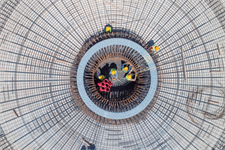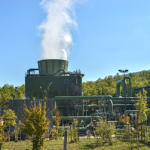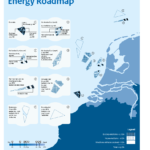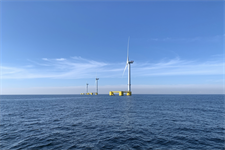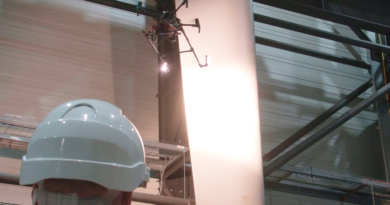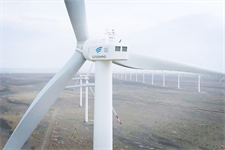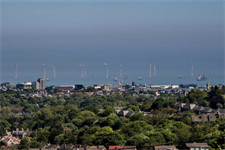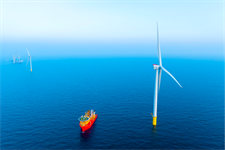Enel refocuses on core countries as it gears up for 21GW renewable boost
Energy Disrupter

In a presentation on its 2023-2025 strategic plan, Enel said it intends to focus on its home Italian market, Spain, the US and the Latin American markets of Brazil, Colombia and Chile. Its exit from Romania, Peru and Argentina is part of disposal plans expected to yield a total of €21 billion to help bring down Enel’s debt.
Enel “is focusing its renewables growth in those place in the world where it has the biggest value because we have a big client base” and an integrated business model, explained Francesco Starace, CEO of Enel.
Starace said the new plan also represented a “different and more conservative approach” amid turbulence on energy markets that first started with the Covid-19 pandemic, continued with the war in Ukraine and is likely to last “at least a few years more.”
Enel did not provide a breakdown of assets to be sold in Romania, Peru and Argentina as negotiations for a sale are underway.
Asked specifically about plans to leave Romania and Argentina, Starace said the decision to pull out of the countries was due simply to the fact that Enel had limited further growth potential in these markets compared to countries on which it is focusing.
According to Windpower Intelligence, the data and research division of Windpower Monthly, the company has a total of 568MW of wind capacity in Romania, all of it online. Enel only has one wind farm in Argentina, the under development 100MW Pampa Chubut Pampa Chubut (100MW) OnshoreEscalante, Chubut Province, Argentina, Central & South America Click to see full details. In Peru, the company owns one operating wind farm, the {Wayra I – Nazca-4f69d588-154e-c2ad-e756-a81ca65d00a4}} and has started construction of the 177MW Wayra Extensión Wayra Extensión (177MW) OnshoreMarcona, Ica, Peru, Central & South America Click to see full details. It has another 367MW in the pipeline as developer.
Enel said it will invest about €17 billion to bring on 19GW of renewable energy in its core markets over the next three years, with roughly 4GW each coming from wind and battery storage and 11GW from solar.
A further 2GW will be developed through Enel’s stewardship model, which is carried out in conjunction with partners. Enel is also shifting projects in Australia and Greece to the stewardship model.
At the end of the plan’s time horizon, Enel aims to trace 75% of total power generation to renewable sources. In 2025, Enel project it will have a total of 18GW in wind capacity in its core markets, 17GW from solar, 26GW from hydropower and 4GW from battery storage.
Enel said that 10GW of the total it expects to bring online in the next three years is already under construction. Development plans are underpinned by a gross pipeline that has swelled to 425GW, it said.
The company also aims to increase the share of fixed-price contracts for customers in its core markets to 80% in 2025 from an estimated 75% in 2022, with 90% of this to be sourced from greenhouse gas-free generation compared to 70% in 2022.
Starace reiterated that the company is not interested in investing in offshore wind.
He said: “Offshore wind is a perfectly viable way to generate energy. The problem is that it freezes capital for a long time.”
Starace added that he still expects Enel to meet a 2030 capacity target for 154GW of renewables announced in 2021.
He said: “In terms of pipeline availability and competitiveness of renewables, we already have a stronger case than when we started with the 10-year targets.”

